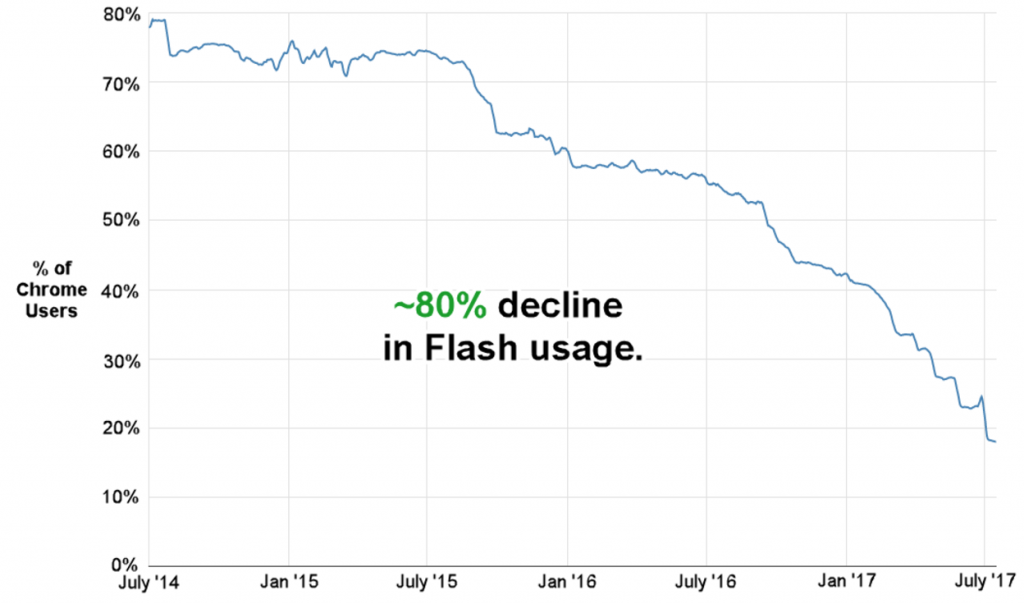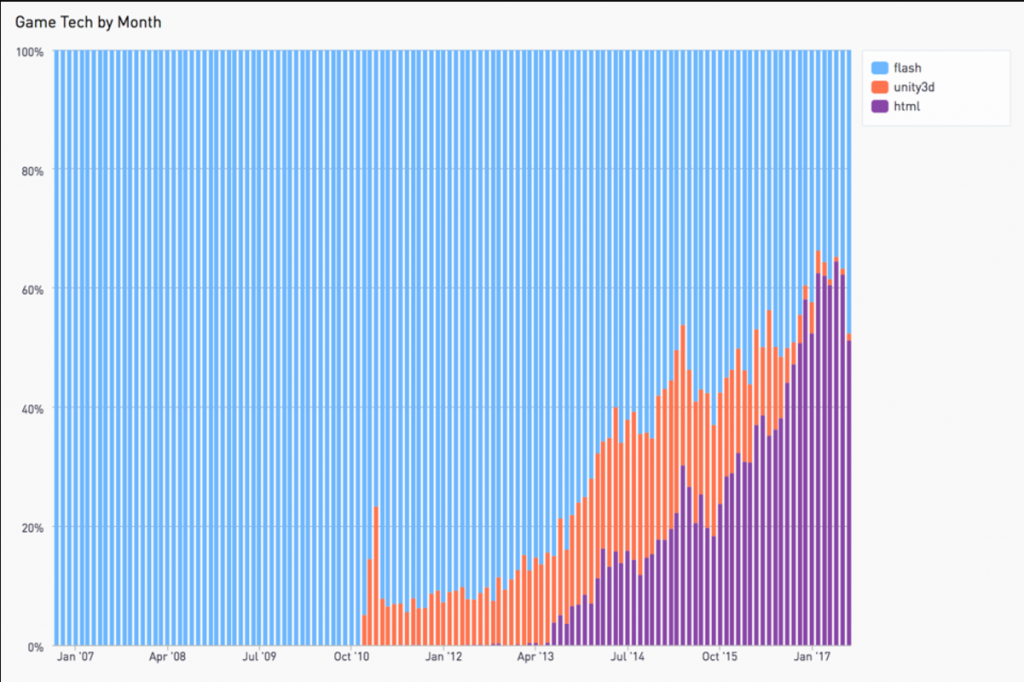On the road to HTML5 – a Scaleform replacement in UI development

After Autodesk’s announcement that they are stopping the support of Scaleform and will no longer provide the product for purchase, Adobe surprised the community with its announcement: Flash will be phased out in the next 2 years. The recent events left many developers concerned about the future of their professional careers as interactive and UI professionals. Companies were also directly affected by the two announcements and are now searching for alternatives to Flash and Scaleform that can provide them with the same features, tools, and workflow, simultaneously preserving the investment that have previously been made.
The founding goal of Coherent Labs was to build the best technology and tools for game UI and interactive applications. After carefully analyzing the competition in the face of Scaleform, based on Flash, a decision was made to base the company’s technology on HTML5. Through the years, this decision became more and more justified as the popularity of Flash was steadily declining while that of HTML5 was evolving.
Most of the features previously present only in Flash are now supported in HTML5 and the list keeps growing. A lot has already been written in the posts by Mozilla, Apple and Google. Recently, the number of people using Flash technology has significantly declined, which can be seen from Google’s graph below:
 Flash usage over a three-year period, taken from Google’s article
Flash usage over a three-year period, taken from Google’s article
The Adobe Flash plugin itself has been already removed or made optional in the major browsers for years. According to Kongregate, one of the most prominent portals for online games, Flash already is replaced by HTML5.
 The split of monthly uploads to Kongregate.com among HTML (.html), Flash (.swf), and Unity WebPlayer (.unity3d), taken from Kongregate’s article.
The split of monthly uploads to Kongregate.com among HTML (.html), Flash (.swf), and Unity WebPlayer (.unity3d), taken from Kongregate’s article.
The best thing about Flash was how enabling the technology was for creators and the variety of powerful developer tools it provided. That workflow is not going away – Adobe CC (former Adobe Flash) and Animate are actively been developed by Adobe and in fact already have been exporting to HTML5 for sometime. Companies and professionals will be able to keep their skills and tools as well as workflow, but take advantage of the future improvements empowered by the HTML5 platform and standard.
As our products are based on HTML5 technology, our team makes sure that developers are getting the optimal performance and using all the advantages of the underlying platform. That is why we have developed a plugin for enhanced HTML5 export. By default, Animate uses canvas and JS to emulate features. We map features to clean and standard HTML5 to provide many benefits to developers – better performance, cleaner, smaller code, and ability to directly connect the game objects to the UI. Some of our customers have already migrated 100% of their existing Scaleform UIs to Coherent GT and Hummingbird. Additionally, to the many new HTML5 features, such as styling and modern JavaScript, they got deeper integration with all popular game engines and multi-platform support, even for platforms where Flash was not available, like consoles or IOS.
As with any change, there are some challenges in migrating from Scaleform and Flash to HTML5. First, many projects have used Actionscript to achieve things like tween and animations along with advanced UI controls functionality. Unfortunately, those libraries cannot be directly used. In most cases there is already an existing HTML5 functionality, obsoleting the need for such libraries like WebAnimation, which is an existing HTML5 API. Using such APIs has the additional benefits of smaller and simpler code that directly provides the platform features. Additional benefit is better performance and enables users to GPU accelerate the graphics. Other libraries like Box2D have their JavaScript alternatives that can be directly used.
Another popular use of Flash was to play videos, and specifically DRM-protected content. That is no longer the case as current browsers now support EME and can directly play the protected content.
If developers positively want to keep using Flash, there are a few open source implementations that can partially play Flash content. For instance, you can look at Haxe or OpenFL.
If you have an existing Flash or Scaleform project and would like to learn how to convert it to a modern technology and keep the workflow as well as investment, please contact us to learn how.
Our team can assist you in migrating both small and extensive projects from Scaleform/Flash.

